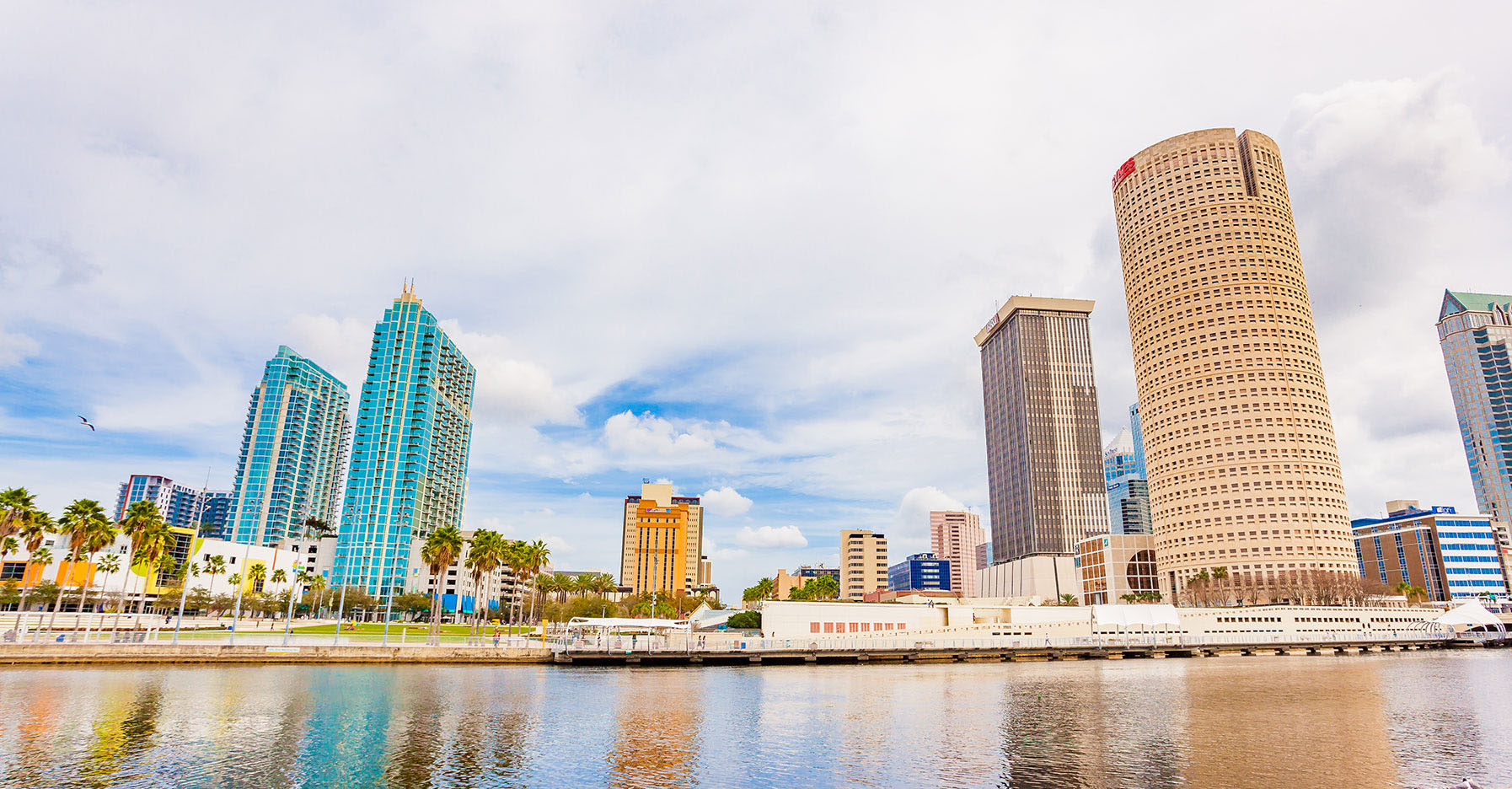What is a Project Development and Environment (PD&E) Study
A project development and environment (PD&E) study is the process FDOT uses to develop transportation projects in compliance with the National Environmental Policy Act (NEPA) of 1969, Title 42 U.S.C. § 4321, et seq., and associated federal and state laws and regulations. The process is outlined in the Project Development and Environment (PD&E) Manual. The PD&E Manual provides support and direction in various technical areas, including engineering analysis, environmental documentation, permitting, and public involvement. Depending on the complexity of the project, the PD&E process can take anywhere from 6 months to 3 years. Click here for more information on District Seven’s ongoing PD&E studies.



